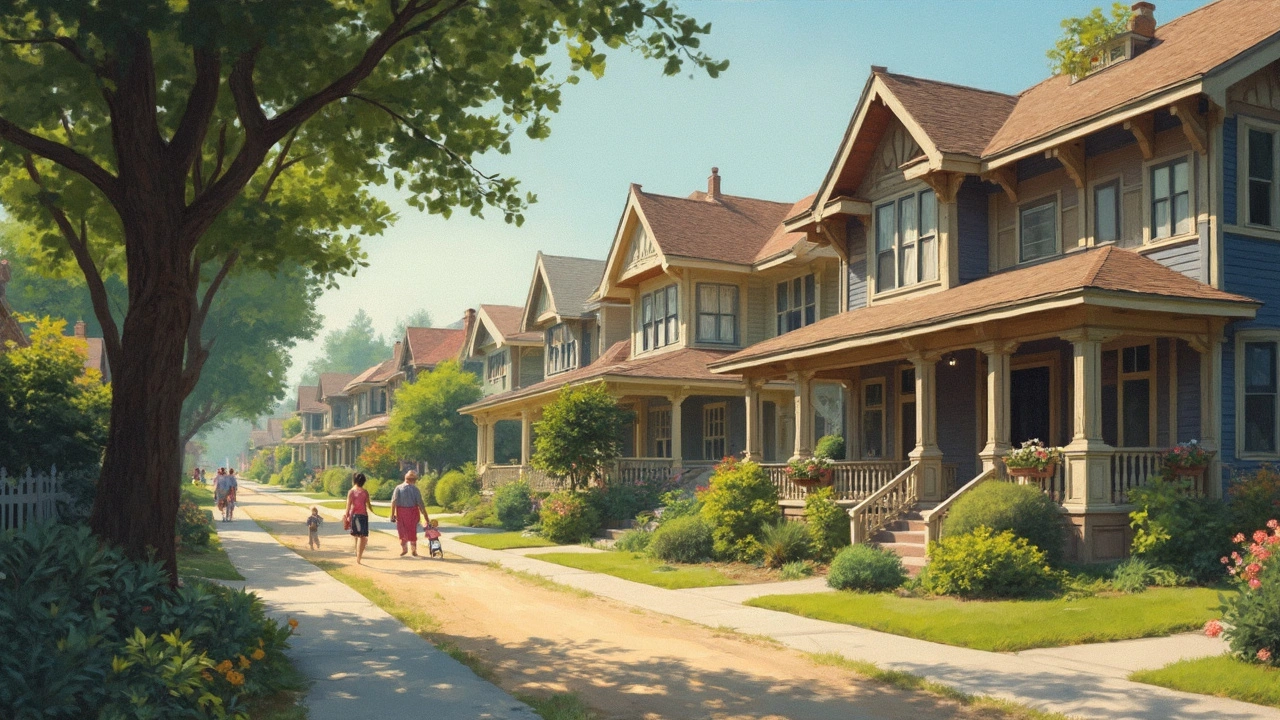Renovations: Practical Guide for Historic and Modern Homes
Trying to renovate a historic house without turning it into a generic new build? Or updating a modern place so it feels warmer and more timeless? Renovation is about choices that balance value, comfort, and the building’s character. Below are clear, practical steps you can use right away.
Plan, Budget, and Prioritize
Start with a short list: structure, systems (roof, plumbing, wiring), and surface finishes. Check those first—cosmetic fixes are tempting, but a bad roof or old wiring can kill a budget fast. Get three quotes for any major work and set a contingency of 10–20% for surprises.
Use a room-by-room priority list. For example: kitchen and bathrooms often increase day-to-day comfort and resale value. Save decorative changes—new trim, paint, tiles—until after the big systems are secure.
Permits matter. Local rules vary, especially for historic properties. Skipping permits can cost more later in fines and forced undoing. Confirm what needs approval before you hire a contractor.
Respect the Style and Choose Materials Wisely
If your house has a clear style—Colonial symmetry, Craftsman woodwork, Greek Revival columns, or Beaux-Arts grandeur—pick interventions that fit. You don’t have to copy everything, but keep scale, proportions, and major details intact. For instance, restoring original sash windows often keeps curb appeal higher than full replacement; if replacement is necessary, choose profiles that match the original look.
Use durable, simple materials where they matter: good flashing and proper insulation save headaches more than trendy finishes. For visible elements, match texture and finish—brick, wood clapboard, slate roofs, and appropriate moldings make a huge difference.
When modern needs clash with historic fabric—like running HVAC or adding insulation—look for reversible solutions. Ductless mini-splits, interior storm windows, and blown-in insulation in attics can modernize comfort while keeping original features intact.
Hiring: interview at least three contractors, check references, and ask for a clear timeline and payment schedule. Look for pros who’ve worked on the same style of home. If you’re dealing with heritage work, find someone who knows preservation techniques, not just cosmetic fixes.
Small projects you can do yourself—painting, updating light fixtures, or replacing hardware—deliver visible change for less money. Big structural or system work should be left to licensed pros.
Finally, use inspiration wisely. Read articles on Craftsman, Colonial, Gothic Revival, or Beaux-Arts details to understand the original intent before changing it. A thoughtful renovation boosts daily life and keeps the building’s story alive.

The Rise of American Craftsman Homes: Trends and Transformations
American Craftsman homes are making a comeback, with their unique design features and historical charm captivating a new generation. From their early 20th-century roots to their resurgence in modern home renovations, these homes offer practical benefits along with aesthetic appeal. Learn why homeowners are inspired to bring back Craftsman details and how you can adopt these elements in your renovation projects. Discover tips and ideas for blending traditional Craftsman style with contemporary living.
Read more